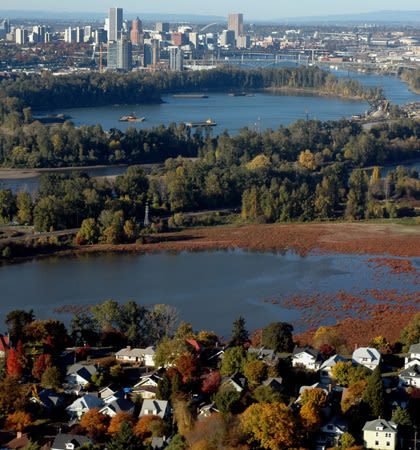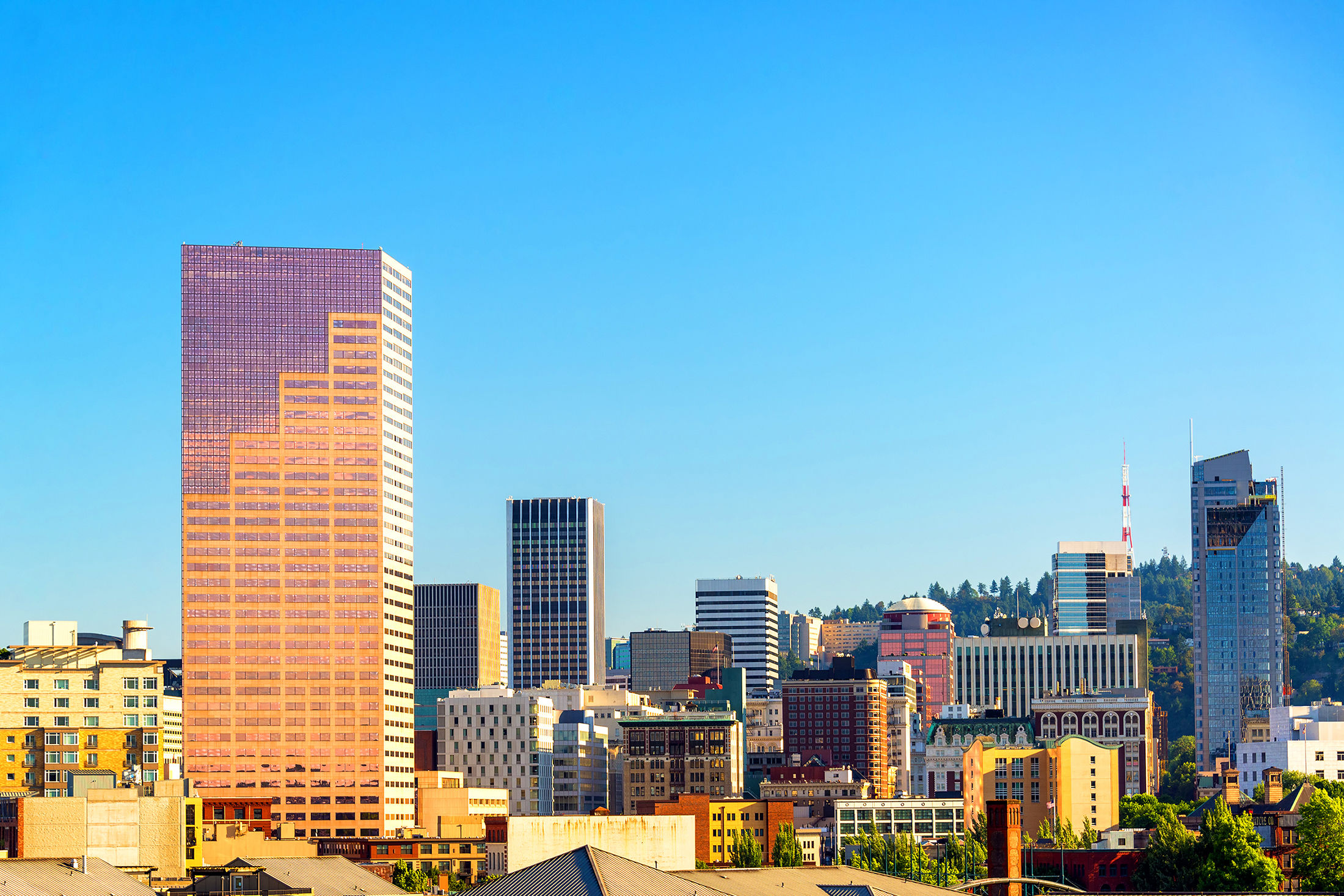Hedge Fund

Image: Mike Houck
That old adage about money not growing on trees? It’s not entirely true. At least not according to a recent report from the U.S. Forest Service. The study of 3,366 homes sold on Portland’s East Side between July 2006 and April 2007 set out to determine how much trees planted along urban streets increase property values. Turns out that besides beautifying the neighborhood, those leafy giants can put a little green back in your wallet—to the tune of several thousand dollars per tree. “Trees profoundly affect the feel of a neighborhood, and it’s not surprising to see this reflected in the housing market,” says Geoffrey Donovan, research forester and author of the study. Here’s how that big leaf maple can increase your bottom line.
SIZE MATTERS The bigger the tree, the more value it adds to your house. Which is why, as long as there’s room for it, opting for a large, long-lived species, such as sweet gum, Western red cedar, or disease-resistant elm, is one of the best investments you can make—wherever you decide to put down roots.
MADE UN THE SHADE Debating which home improvements to make with that tax refund? Consider this: It costs as little as $50 to plant a tree in front of your house—a tree that can eventually add an average of $7,593 to your home’s value. That’s roughly equivalent to adding 115 finished square feet to your abode.
SHARING THE WEALTH The next time your neighbor drops by to borrow a cup of sugar, take a moment to thank him for planting that gorgeous ginkgo; after all, a single tree can augment the value of homes within 100 feet (seven to eight houses, on average) by about $7,100 altogether.
FORKING IT OVER Keeping those trees in tip-top shape doesn’t come cheap. In fact, private landowners collectively pay over $3 million a year in arboreal maintenance, while the city pays another $1 million to monitor trees for disease and remove downed ones. Still, the financial benefits cancel out the maintenance costs by nearly 10 to 1.
RAKING IT IN Portland’s trees may deposit leaves on lawns, but they also deposit coins in the city’s coffers. The study estimates that trees, because they increase homes’ values, account for an additional $12 million a year in property-tax revenue.




